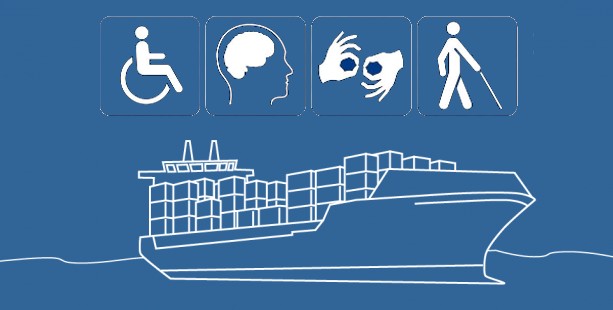Maritime News India: On 5th February 2025 Union Minister of Ports, Shipping and Waterways, Sarbananda Sonowal in a written reply to the Rajya Sabha informed about the trends in Cargo Weight and Size. As per his information, India’s major ports have witnessed a steady rise in cargo handling, increasing from 581.34 million tonnes in 2014-15 to 819.23 million tonnes in FY 2023-24, reflecting a Compound Annual Growth Rate (CAGR) of 3.5%. While this growth is in line with global standards as per information, but it raises a critical question: Is India’s port infrastructure truly prepared for future demands, or are we merely keeping pace without long-term strategic foresight?
Growth vs. Infrastructure Readiness
The cargo mix—33.80% liquid bulk, 44.04% dry bulk, and 22.16% container cargo—reflects the evolving nature of trade. The approval of Vadhavan Port in Maharashtra as a mega container port signals the government’s intent to modernize, but capacity augmentation across all major ports remains an unfinished task. Are existing ports equipped with the required deep drafts, mechanization, and connectivity improvements needed to handle the next decade’s trade surges?
Connectivity Challenges: The Achilles’ Heel
Despite a Comprehensive Port Connectivity Plan (CPCP) prepared by Department for Promotion of Industry and Internal Trade (DPIIT) in September 2022 identifying 107 road and rail connectivity gaps, execution remains a challenge. The delays in last-mile connectivity projects not only slow down cargo evacuation but also increase logistics costs. While the Ministry of Railways and Road Transport and Highways have been engaged, past projects have suffered from bureaucratic hurdles and slow execution. The question remains: Will these projects be completed in a time-bound manner, or will they become yet another set of delayed infrastructure promises?
Balancing Efficiency with Sustainability
Modernization efforts such as capital dredging to accommodate larger vessels are crucial, but they also pose environmental concerns. Coastal erosion, marine biodiversity loss, and pollution from mega-container terminals are issues that require comprehensive environmental assessments. While India aspires to match global port efficiency, are we prioritizing sustainability in this race?
A Growing Sector, But at What Cost?
India’s cargo growth is commendable, but the port infrastructure narrative cannot be limited to tonnage figures alone. Addressing bottlenecks in port connectivity, ensuring sustainable expansion, and improving port efficiency will determine whether India’s maritime sector truly becomes a global leader or remains in the shadows of more advanced port economies.
The real test lies not just in handling more cargo but in ensuring that the ecosystem supporting it is future-proof.




